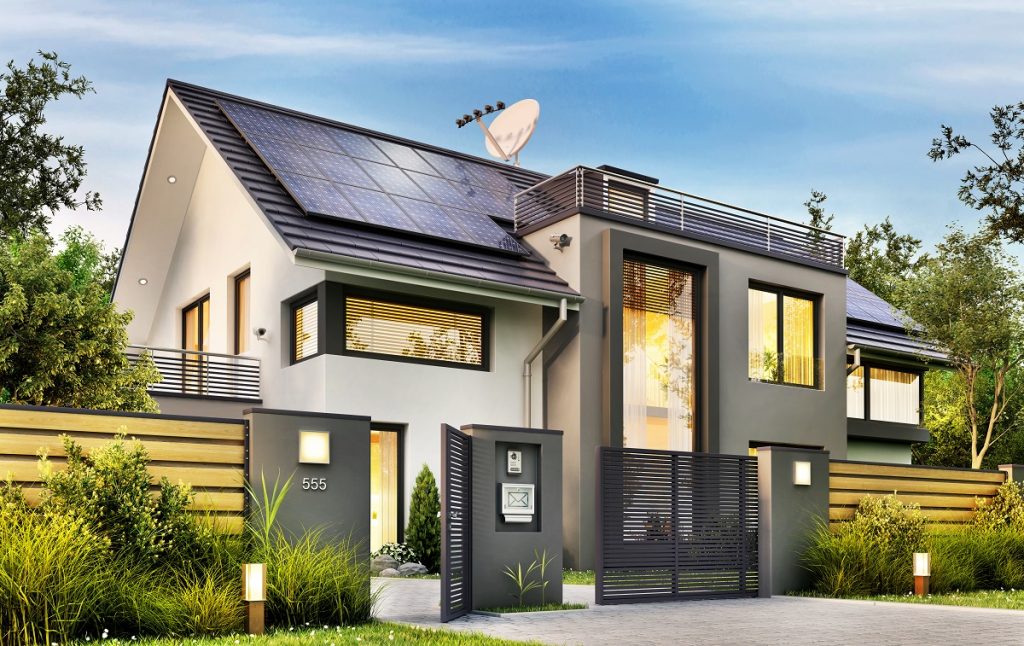Your home is one of the biggest purchases you’ll ever make. Like any investor, you’ll want to protect your asset and make sure it’s in top condition all-year-round. Unfortunately, there are factors beyond your control, like earthquakes, tornadoes, and wildfires.
No wonder homeowners often ask, “Can I disaster-proof my property?”. The short answer is yes and here’s how.
Earthquake
While earthquakes are impossible to predict, you can estimate the vulnerability of your home in case of disaster.
If your property was built before the mid-1970s, chances are it was designed with weak walls to carry the weight of the entire house and create a crawl space underneath. These walls won’t hold up in the event of an earthquake and may cause your home to fall altogether.
One way to strengthen a weak-walled property is to do a complete retrofit by nailing plywood or other code-approved wood products to the studs. If you aren’t skilled enough to do the job, turn to licensed contractors.
Wildfire
Across the United States, at least one of three homes are built in a wildland-urban interface, where there’s a significant risk of wildfire. What you can do as a homeowner is to create a strong first line of defense around the property.
An excellent defensible space is created within at least 30 feet from your home. In California, however, 100 feet is the minimum requirement because the state is more prone to wildfires compared to others. Once you’re done identifying the defensible space, get rid of any flammable materials in sight.
Vegetation also plays a massive role in wildfire-proofing the property. Remove dead shrubs in the area, plant trees at least 10 feet from each other, and keep the lawn trimmed.
Another precaution you can take is building or retrofitting your home with non-flammable materials. Invest in concrete noncombustible decking and roofing products, spark arresters, and double-paned glass. Take note that even with defensible space, your home might still be at risk if your neighbors fail to do their parts. Using durable and fire-resistant materials gives your property an extra layer of protection.

Hurricanes
The country is no stranger to destructive hurricanes. Many hurricane-induced damages can be prevented with proper preparation, which starts from the building phase. For a home to withstand strong wind and rain, its foundation should be fortified by concrete.
A few modifications can also go a long way if starting from scratch won’t be possible. The trick is sealing all openings where wind enters. Expansive features and accessories like impact-rated doors, shutters, and windows work wonders for adding the much-needed protection against a hurricane.
Tornadoes
To protect your house from hails and storms, you can apply the same precautions against hurricanes. An additional measure you can take is nailing plywood over the windows, which offers better protection than hurricane shutters.
Keep an eye on your garage as well because carports are usually not sturdy enough to withstand strong wind. Once the garage is blowdown, the pressure can enter the main property and weaken it.
The Bottom Line
You can’t prevent a natural disaster, but you can prepare for it. Protect your home by following the risk-averting tips above and get the peace of mind at least.

